If you don’t already have a rifle that you like for deer hunting, it’s not too early to choose a rifle/caliber combo. You should choose the caliber and ammunition, first, before you shop for a rifle. I know that this recommendation flies in the face of common advice, but heeding it will make your hunt (for the rifle and the deer) a lot easier. Here’s how to choose a caliber for deer hunting.
Sponsored by Ruger
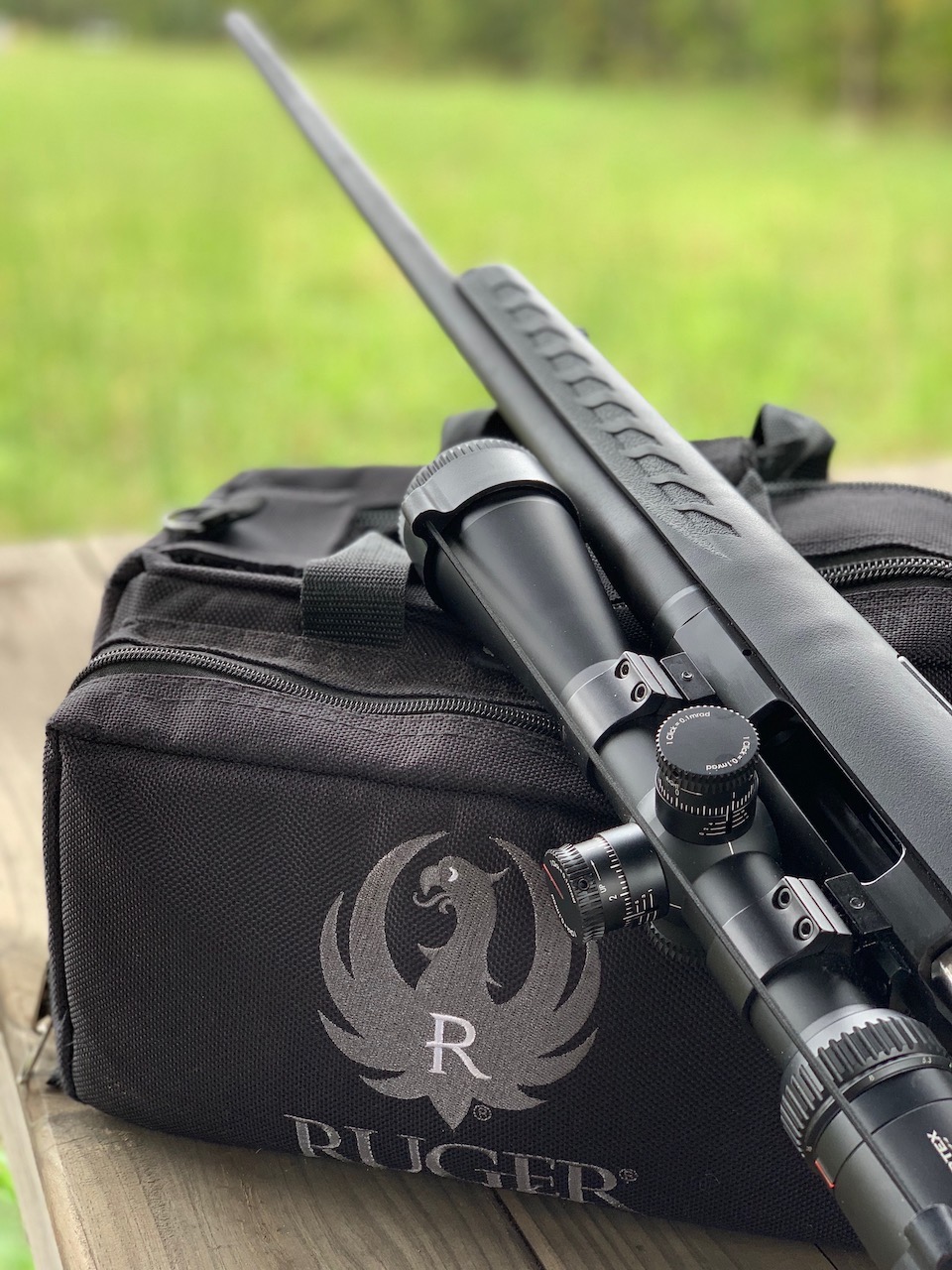
Bear with me, here, as I get some terminology established – when I write “bullet,” I am not referring to a unit of ammunition. That unit is a cartridge. A bullet is the projectile that travels downrange when fired by a gun. Also, “caliber” is a term based on the projectile diameter in tenths of inches or in millimeters that also refers to the dimensions of the cartridge.
There are four things to consider when choosing a deer-hunting caliber and its associated ammunition: ammunition availability, bullet design, bullet velocity and the distance to your target.
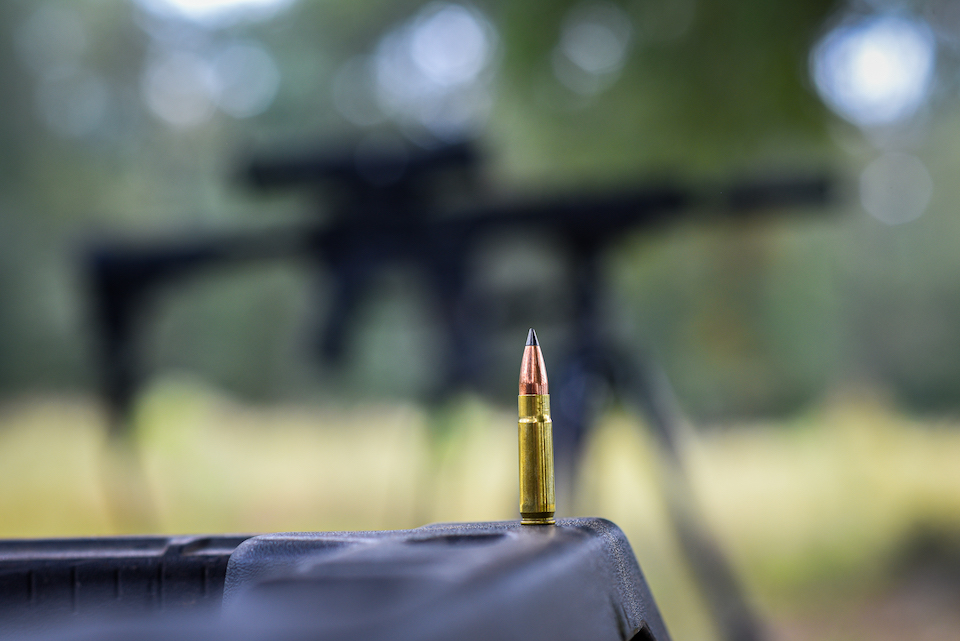
Ammunition availability – If you have tried to buy ammo lately, you’ll know that ammunition of most types and calibers is scarce. This (hopefully temporary) scarcity is not what I’m talking about – I’m talking about what happens when you travel somewhere to deer hunt, and you forgot your ammo/lost it to the airline or TSA/run short of ammo. Even during normal times, the local big box store or gun shop only stocks limited types of ammunition and that is usually based on what sells the most in the area. So, if you show up needing something uncommon, you may be out of luck. Unless you are willing to take the responsibility of always having plenty of some unusual ammo on hand for your hunt, choose a deer rifle that shoots a relatively common caliber (.30-’06 Springfield, .308 Winchester, .270 Winchester, .243 Winchester, .30-30 Winchester, 7mm-08 Remington).
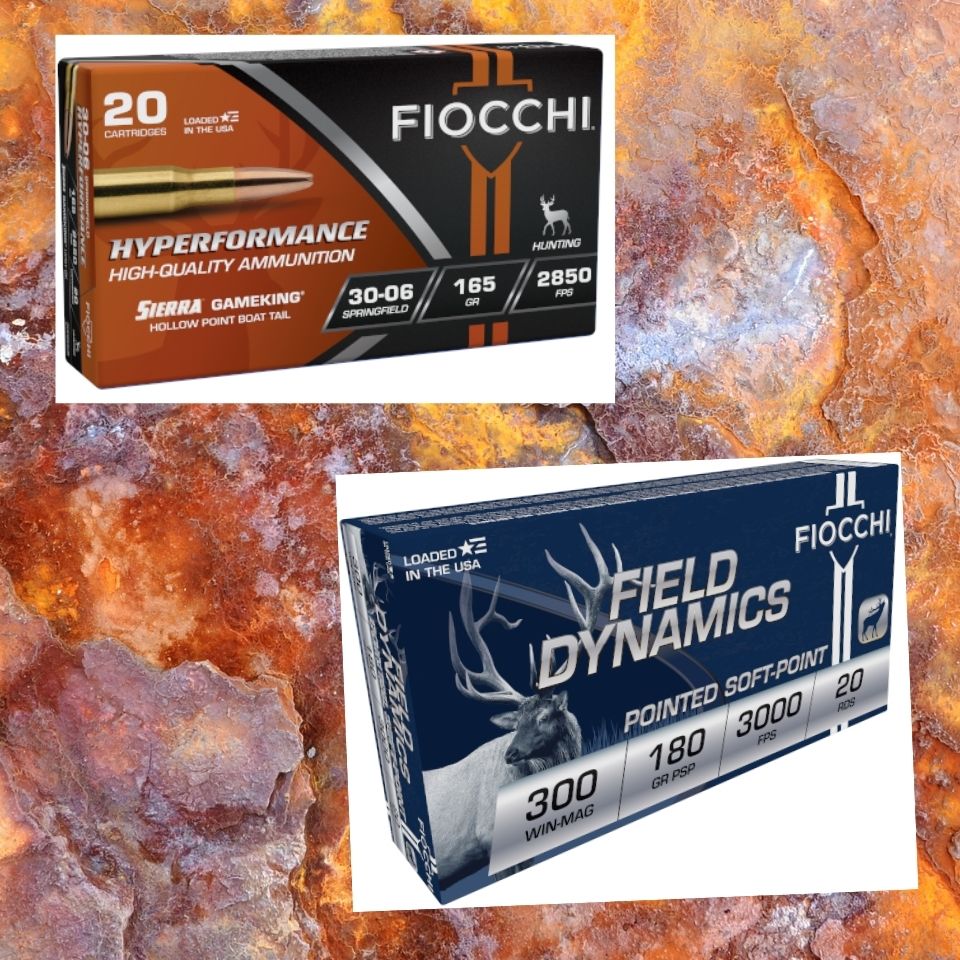
Bullet design – The physics of ammunition performance hasn’t changed much, if at all, since the advent of modern centerfire ammo early last century. There have been minor improvements in smokeless powder since then, and brass cases with percussion primers are still dominant. Expanding gases still propel bullets to high velocities. The bright spot in ammo improvement is with bullet design. Bullet manufacturers have made the greatest strides of all to improve projectile performance on target. For our purposes, we want to choose ammunition loaded with a bullet the manufacturer specifically designed for North American large game. I make that distinction, because not all large game animals are built the same. What it takes to kill a rhino is not the optimum for whitetail or mule deer. Typical bullets designed for deer hunting will penetrate through or nearly through the width of a deer torso while expanding to a larger diameter than the original caliber.
Bullet velocity – The bullet velocity at the rifle’s muzzle depends some on the rifle barrel (design and length), but mostly on the ammunition design. Of course, a bullet slows down on the way to the target, and bullet design affects how fast that happens. Nevertheless, higher muzzle velocities mean higher impact velocities for the most part; on the downside, higher muzzle velocities mean more perceived recoil in a typical deer rifle. For the past 50 years or so, bullet designers have tailored their projectiles to work best (penetrate and expand) only over a given target impact velocity range.
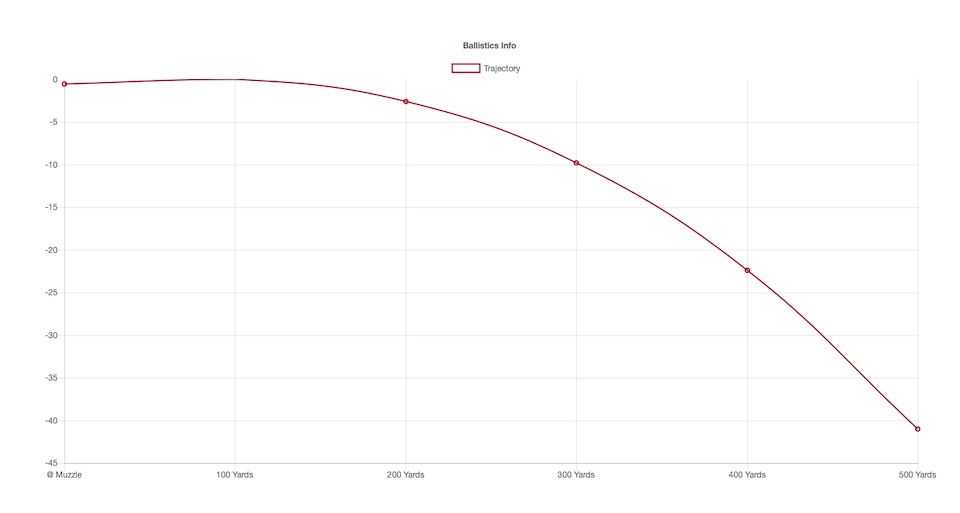
Up to a point, longer barrels deliver higher muzzle velocities, at the cost of greater rifle weight and less ease in handling. So, choice of barrel design (fat, thin, etc.) and length is a compromise.
Typically, unless we are buying a custom gun, it seems we don’t choose the rifle barrel – we choose a gun we like and accept whatever barrel comes with it. Because of the synergy between bullet muzzle velocity and rifle barrel length, it pays to do a little checking with ammo manufacturers (I’m assuming that you are not an ammunition handloader, here) to see if they have data as to their ammo performance with particular barrel lengths.
The main thing is to make sure that your choice of barrel doesn’t negatively affect bullet velocity to the point where the bullet doesn’t work as designed when it hits the deer. Fortunately, if you aren’t able to find any information that applies to your choices of barrel length and ammo, most commercial ammo for rifles will do OK, so long as your centerfire rifle barrel is at least 22 inches long.
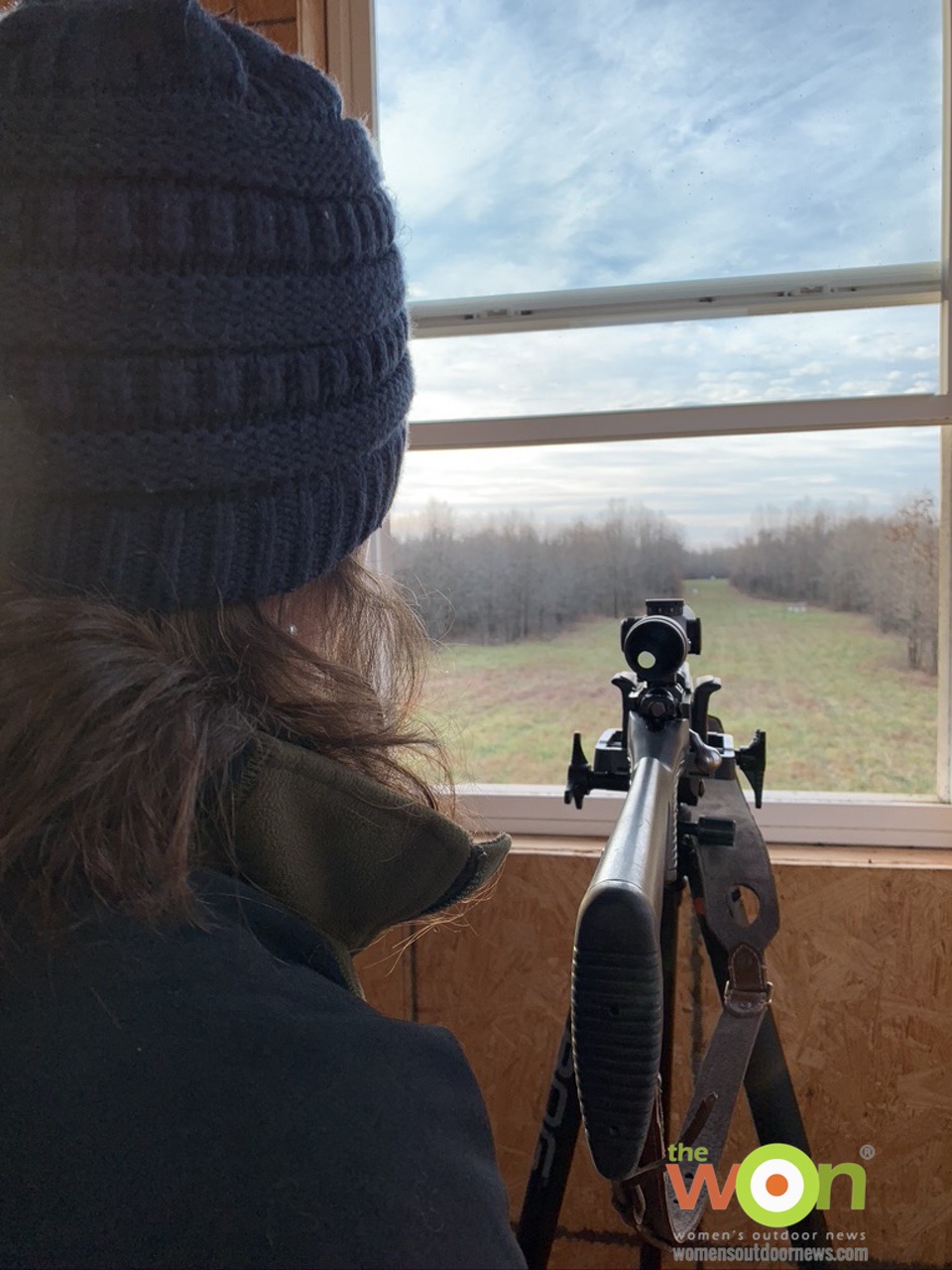
Distance – I am still writing about ammo and rifle selection, so this has nothing to do with how likely you are to hit a deer at a particular range; that is up to the “nut behind the butt” of the rifle. Since bullet performance depends on impact velocity, and bullets slow down on their way to the target, you’ll need to have somewhat of an idea of how far you might want to shoot where you’ll be hunting. For example, where I hunt in the Ozarks of Missouri, the farthest distance I attempt a shot at a deer is 400 yards. That is unusual, and there is only one place and it is on our home rifle range. Otherwise, my shots range from 10 to about 200 yards, and I think the average has been about 100 yards. So, I hunt with a gun that I like and that I feel confident will cleanly kill a deer, if I do my part with correct shot placement, out to 200 yards.
You may recall the story of my state legislator, Hannah Kelly, who got her first doe and buck on my property last fall with a Ruger Model 77 Mark II in .257 Roberts caliber, at about 150 yards.
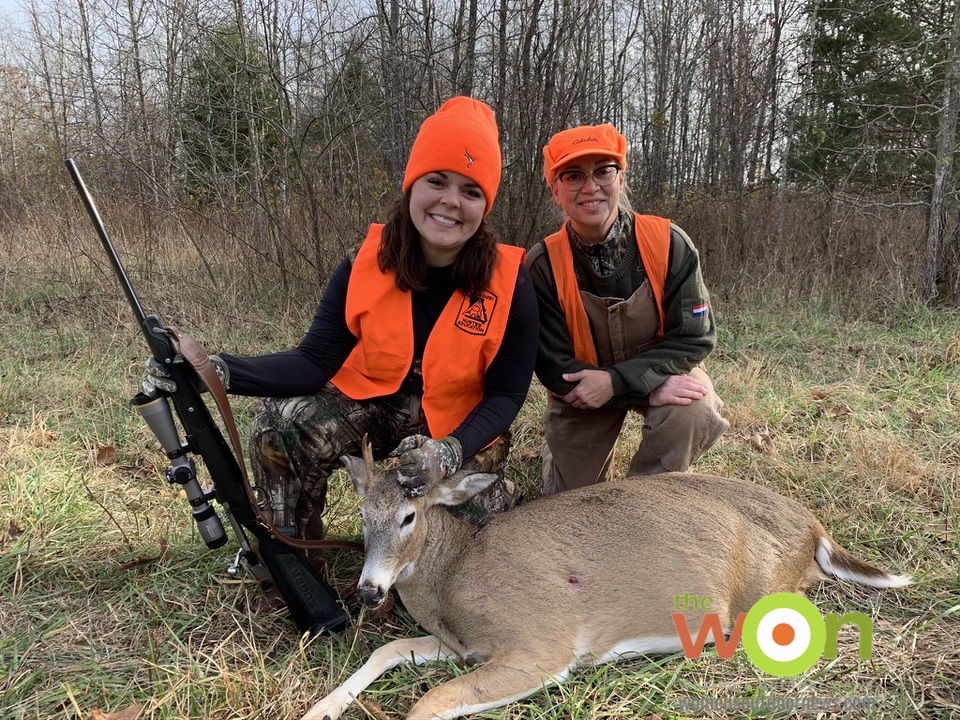
Hannah was itching to send a bullet a little farther downfield, but with this caliber we chose to say under 200 yards. Why use this gun and rare caliber, seemingly violating what I’ve said about caliber choice? Well, it is one of my favorite deer rifles, short and quick to handle with miniscule recoil, which I acquired when Ruger still sold it and the caliber was more common. My husband reloads the ammo for me – so supply is not an issue.
Now, should Hannah decide to use my Ruger American chambered in 7mm-08 Remington, that’ll be a whole new field of doe dreams for her to venture into next season. And, she can easily buy ammo specifically designed for deer hunting.
Before she does that, though, we will spend time onsite, getting the mechanics of shooting longer distances, and knowing what the whole rifle/scope/ammo combo produces, especially from my elevated blind that overlooks our rifle range.
With limited rifles on the market, it’s best to know before you go and not to buy and then deny.
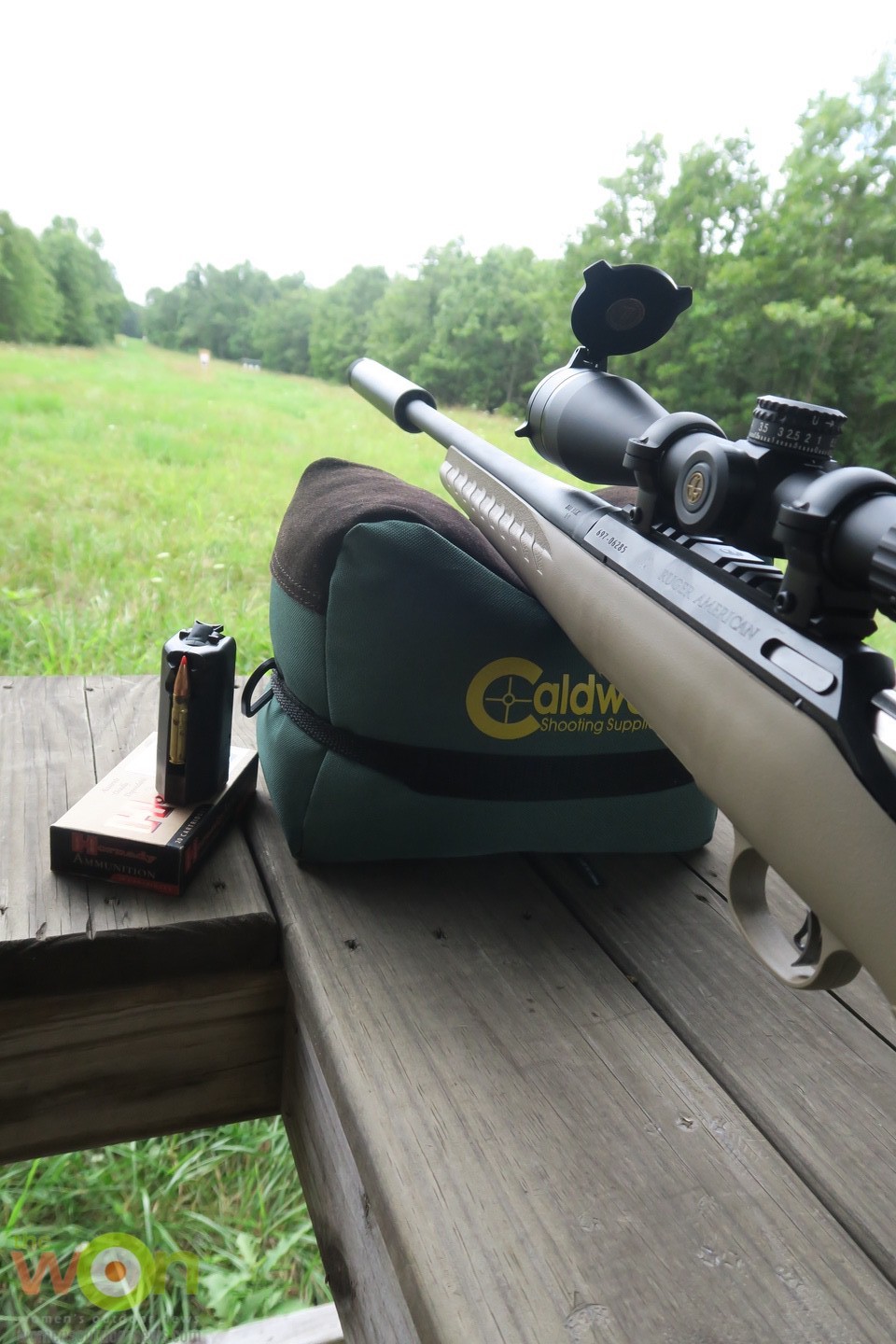
See Ruger’s great line of affordable and functional rifles for deer hunting.
Publisher/Editor Barbara Baird is a freelance writer in hunting, shooting and outdoor markets. Her bylines are found at several top hunting and shooting publications. She also is a travel writer, and you can follow her at https://www.ozarkian.com. View all posts by Barbara Baird